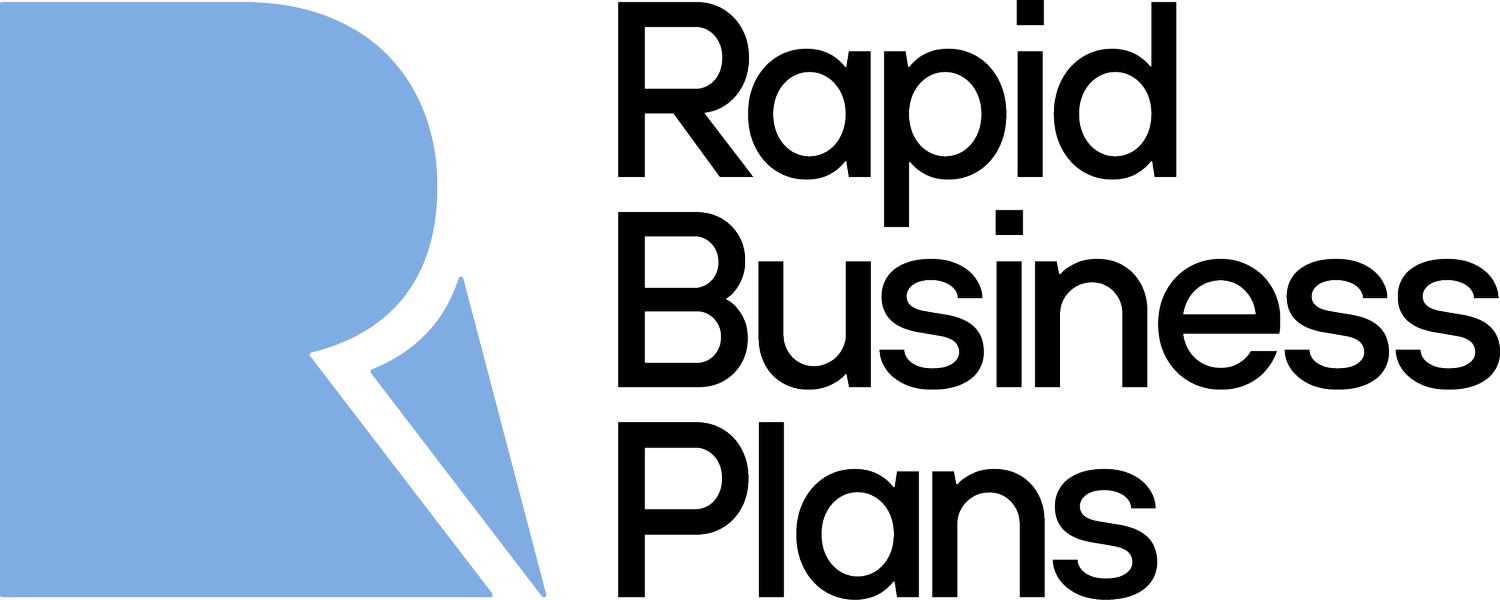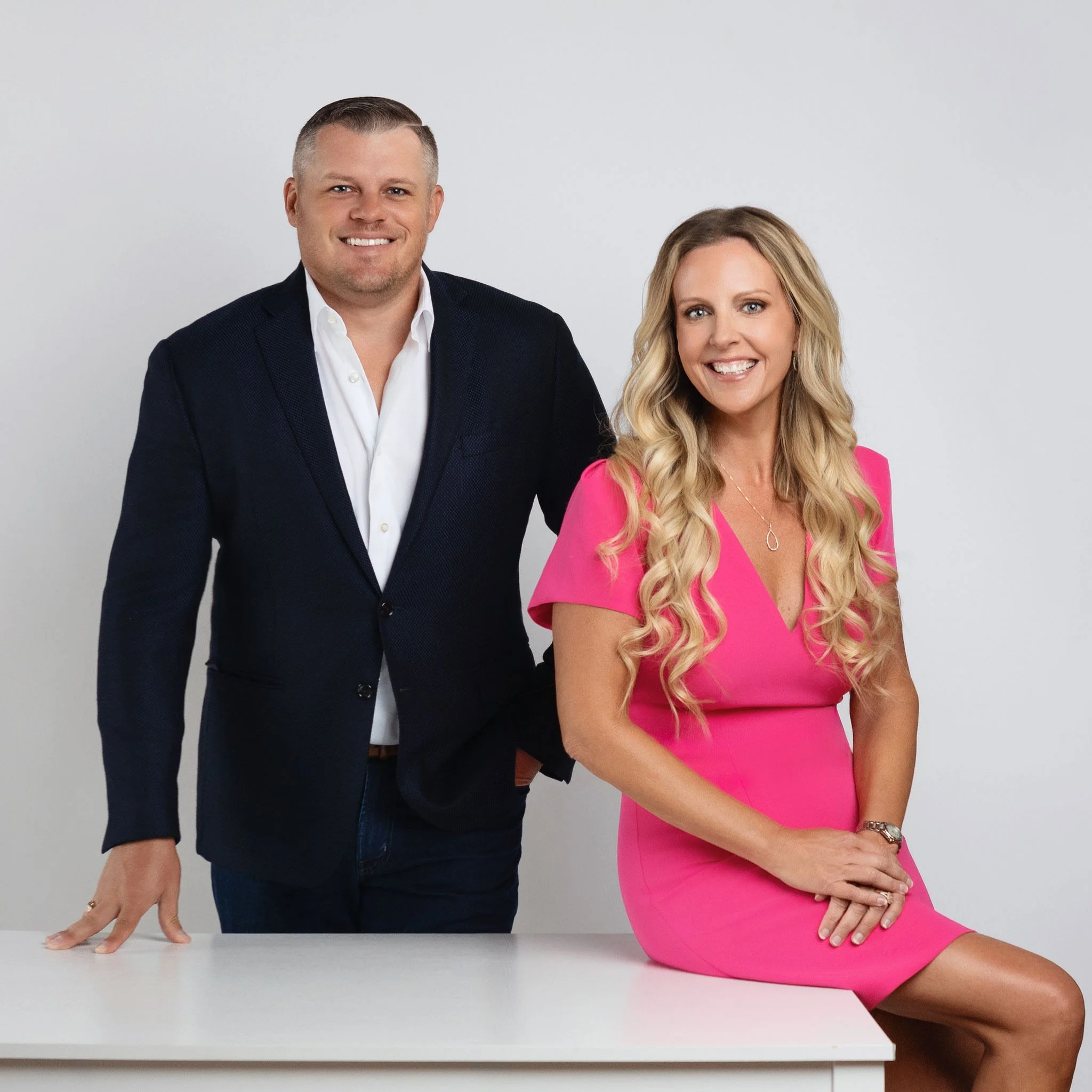Writing Financial Projections for SBA Business Plans
/Why do I need financial projections with my business plan?
Why do I need financial projections with my business plan? There are many reasons a business owner may need financial projections. Perhaps your business is expanding, or you have not been in business more than 2 years. Another reason could be you haven’t been profitable in the last year or two. Any of these situations may require that your loan package is accompanied with financial projections or a full business plan.
There are several important items to include in the financial projections. Include projected profit and loss statements by month, not by year, balance sheet projections, cash flow projections, and written assumptions that tell how you arrived at those numbers. We use a program called Liveplan that gives a helpful outline and plug and play financial statements. You should also include the revenue you expect for your business and show this revenue by month.
Also include what you can charge. What pricing will the market bear for my industry? Start by calculating your capacity--with all the equipment and resources you will have, how many customers can you service in a month? How many clients do you actually expect the first month? Then how long will it take to ramp up to full capacity--or a percentage of capacity, like 75% or 85%? It is helpful to make these calculations in a spreadsheet.
Additionally, include your costs and expenses. How much does it actually cost to produce this product or service? For example, if you sell HVAC handlers, then what you pay to your manufacturer for the unit is a cost, and the labor to install it is also a cost. Employees that are directly associated with providing the product or service you sell are direct labor. Expenses are also called overhead. What are the expenses to keep your lights on? This can be other, non-direct labor, your utilities, phone bill, rent, software, dues and subscriptions, marketing, and other expenses that may be industry specific. If you are buying a building, don’t forget to include property taxes.
If you are securing a loan, it’s important to include those numbers in your cash flow calculation. If using Liveplan (our preferred business plan software), please see the Financing section on the Forecasting tab. Don’t forget to include a written blurb in the narrative describing the size of the loan and any payback terms you may already know.
Another item to include is written assumptions. Part of your business plan should have a section that is a written narrative describing how you arrived at your calculations. I have included a sample written assumptions section that can guide you
This sample comes from an after-school athletics business plan:
[start sample] Revenue
Revenue is derived from two different sources - monthly memberships and group coaching classes. The monthly membership pricing can be one of three tiers as listed below:
Bronze $75 per month 1-30 minute shooting session per week.
Silver $150 per month 3- 30 minute sessions per week.
Platinum $250 per month. 3- 1hour sessions or 6 - 30 minute sessions.
With this loan, 904 Hoops will be able to expand from one lane available for memberships to first 3 lanes, then 5 lanes total increasing capacity. Capacity per lane, is estimated to be 12 silver memberships per month that we anticipate being the typical membership choice. There are currently 10 monthly members, as we just opened in October 2020. The financial projections on the following pages show a gradual ramp up from those 10 members to our expected 40 by the end of 2021, then hovering around capacity by mid-2022 and thereafter.
Group coaching will initially be 2 cohorts of up to 10 students each and will be $150 per month per student for 4 group sessions monthly. One will be taught by owner Ray, and another will be taught by a guest trainer. There is an expected ramp up, but after year one, we expect these classes to be very popular and at capacity for the remainder of the 3 years contemplated by this business plan.
Costs
Direct costs include only the guest trainer, and that is a revenue split between owner and the trainer wherein the owner receives 60% of the class revenue and the trainer receives 40%.
Expenses
Regular expenses include:
Rent - $2,100 to be paid until lease ends in September 2021
Cable/Phone $100/mo
Alarm - $100/mo security and cameras
Electric - Much less at existing rental location, increasing due to new air-conditioned facility opening Oct 2021.
Insurance - $800/yr




